Showing all 25 results
-
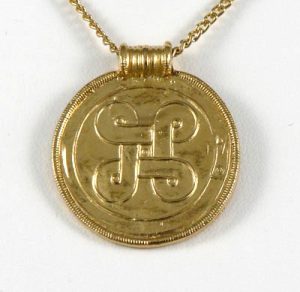
Bracteate Pendant
£25.736th century AD. The gold original is of the bifacial type of the Migration period. It was found in Eastern Jutland, 1825 as Treasure Trove. National Museum, Copenhagen,Denmark. Diameter 28mm
-
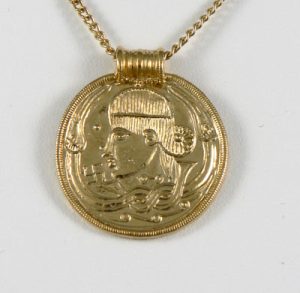
Bracteate Pendant
£29.606th century AD. The gold original is of the bifacial type of the Migration period. It was found in Eastern Jutland, 1825 as Treasure Trove. National Museum, Copenhagen,Denmark. Diameter 28mm
-
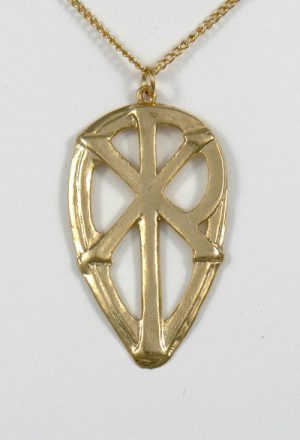
Chi Rho Pendant
£26.40Detail taken from a bronze pew decoration in the parish church at Dodington House, Gloucester. It is the family seat of Major Codrington. The Greek monogram Chi Rho is composed of the first two letters of the Greek word XPICTOC, meaning Christ. Height 46mm
-
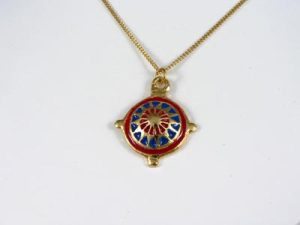
Enamelled Pendant
£25.00Enamelled Pendant. 2nd century AD. The bronze original has red and blue enamelled and was probably made in Belgium. It was excavated at Rockbourne Roman Villa, Hampshire where it can now be seen. Width 34mm.
-
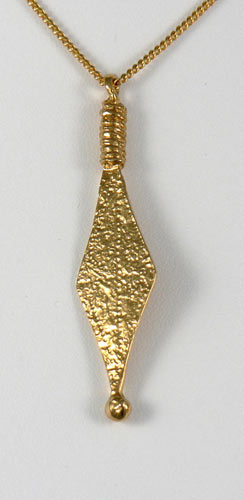
Flavian Pendant
£25.93c. 100 AD. The original was excavated from the Commanding Officer’s residence at Vindolanda Vicus. Vindolanda, Barton Mill, Northumberland. Height 57mm
-
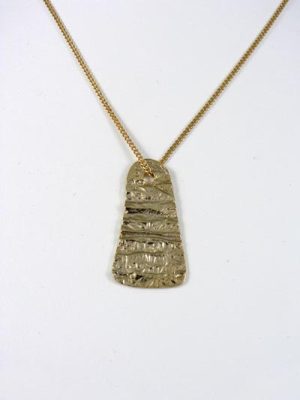
Gold Votive Plaque
£26.40Gold Votive Plaque. 3rd century AD. The gold original, in the form of a leaf is a gift dedicated to the goddess Minerva. It was found at Stonea, Cambridgeshire. Votive plaques are usually made of silver. P&RB Dept. British Museum, London Height 38mm.
-
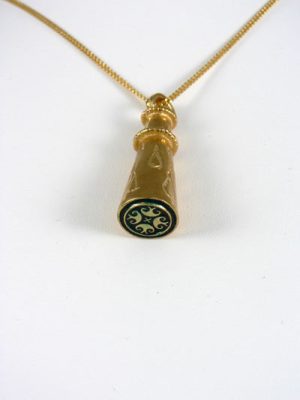
Hercules Club Pendant
£35.85Hercules Club Pendant. Late 4th century AD. The gold original has glass inlaid into the base. It is from a hoard of jewellery of the Roman period discovered at Thetford, Norfolk. Britis Museum, London. Height 39mm
-
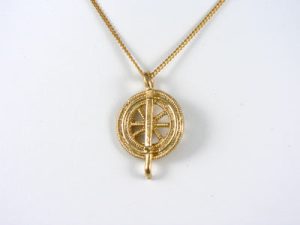
Necklet Wheel Ornament
£32.00Necklet Wheel Ornament, 2nd century AD. the original is part of a hoard of gold ornaments found near the Roman gold mines at Dolaucothi, Dyfed. The wheel was attributed to the Celtic Thunder God, Taranis. Camarthen County Museum, Dyfed. Diameter 22mm
-
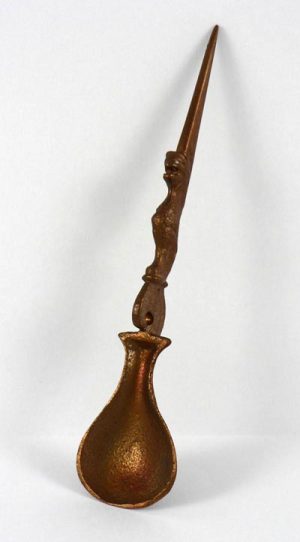
Roman Bronze Spoon
£40.50Roman Bronze Spoon. 300-400 AD. The original, with animal head handle, was found at Piercebridge Roman Fort, Co. Durham. The Bowes Museum, Co. Durham. Length 117mm
-
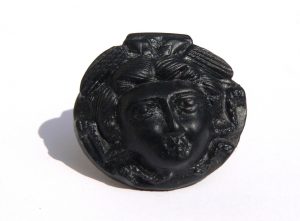
-
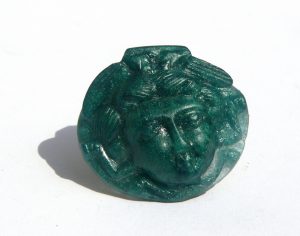
-
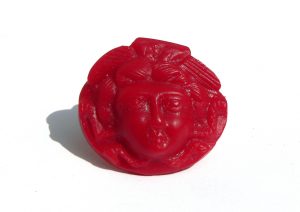
-
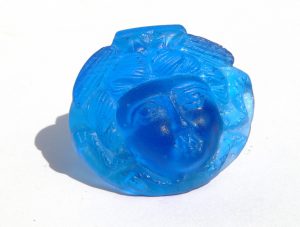
-
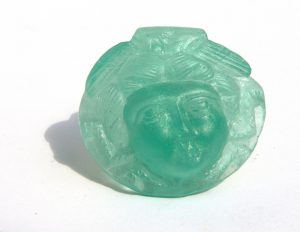
-
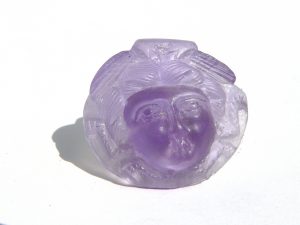
-
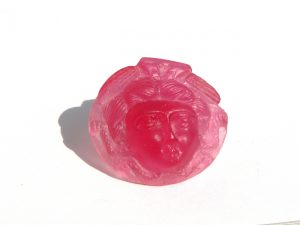
-
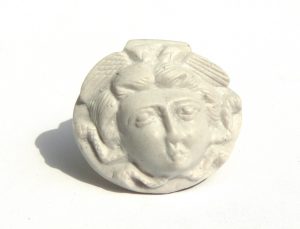
-
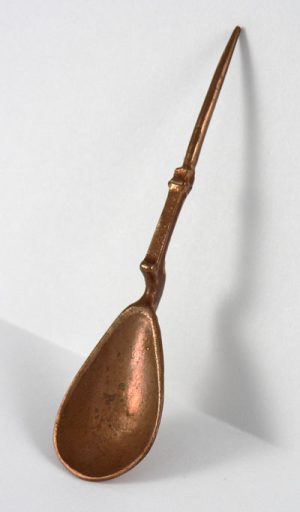
Roman Oyster Spoon
£48.00Roman Oyster Spoon. 200-250AD. The bronze original was excavated from the City water-front by the Museum of London. Length 98mm
-
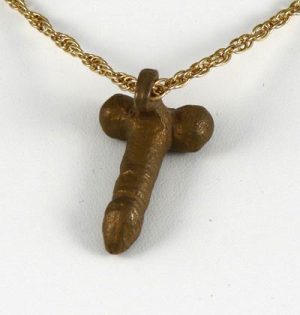
Roman Phallic Pendant
£37.50c. 200 AD. The bronze original was found at Piercebridge Roman Fort, Co. Durham. The phallic symbol was believed to have magical properties and was a common Roman motif. Phallic pendants similar to this were personal amulets to ward off the evil eye. The Bowes Museum, Co. Durham. Length 32mm
-
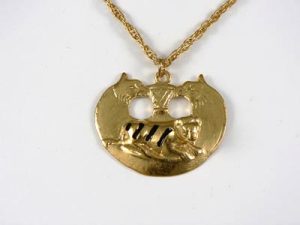
Roman Scabbard Ornament
£27.98Roman Scabbard Ornament. 2nd century AD.The bronze original is inlaid with strips of niello and came from Walker-on-the-Tyne. It represents a Tiger and has the form of a scabbard chape. Width 45mm
-
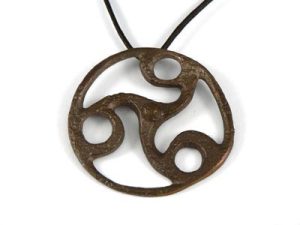
Roman Triskele
£49.95Roman Triskele. 4th century AD. The bronze original shows open work Celtic-style ornamentation. Excavated at Verulamium. Verulamium Museum, St. Albans, Hertfordshire. Diameter 55mm
-
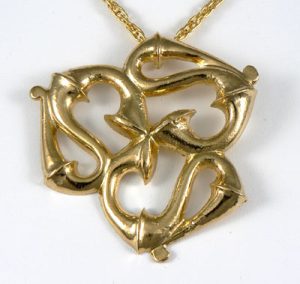
Romano-British Harness Mount
£43.002nd century AD. The bronze original was found at South Shields. The beautifully fluid design is formed by a repetition of the Celtic trumpet motif in ‘Trequetra’ form.Newcastle Museum of Antiquities. Gilded finish. Width 61mm
-
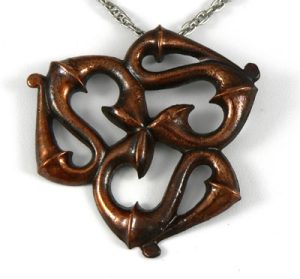
Romano-British Harness Mount
£45.502nd century AD. The bronze original was found at South Shields. The beautifully fluid design is formed by a repetition of the Celtic trumpet motif in ‘Trequetra’ form. Newcastle Museum of Antiquities. Bronzed finish. Width 61mm
-
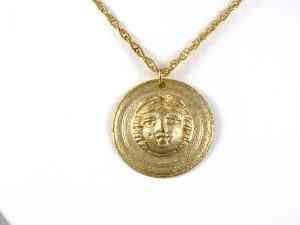
Romano-British Phaelera
£28.50The bronze original is a badge given to private soldiers and worn on the breast. 2nd century. Yorkshire Museum, York. Gilded English Pewter. Diameter 38mm.
-
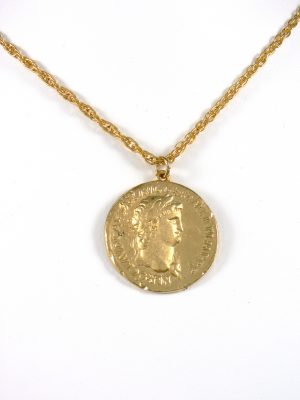
Sestertius of Emperor Nero
£25.00The bronze original was found during excavation of a Roman Villa at Frindsbury, Kent. The reverse depicts the harbour at Ostia, the port of Rome, showing seven types of craft. 54-68 AD. Gilded English Pewter. Guildhall Museum, Rochester, Kent. Diameter 32 mm.

